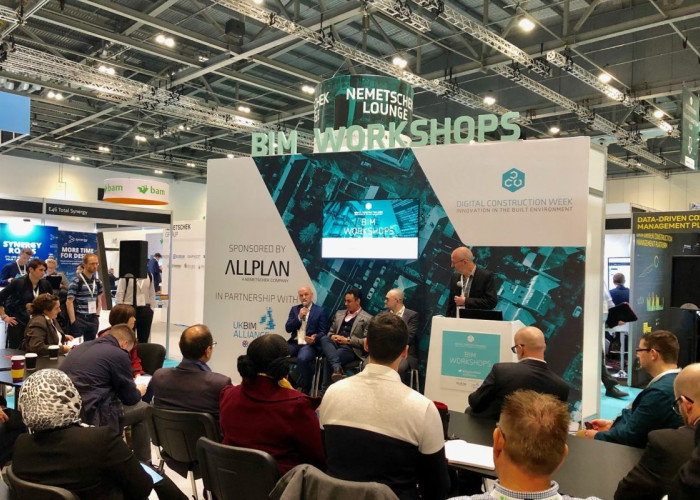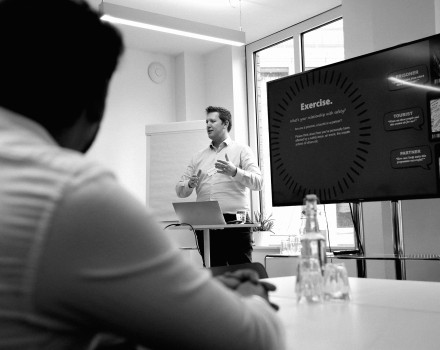Construction Operations Building Information Exchange (COBie) is something everyone in the construction industry has heard of, but what is it and how and when should it be used? BakerHicks’ BIM director, Trevor Strahan, took part in a panel discussion at last week’s Digital Construction Week to explore the answer to this and tell us just why he believes in COBie and its value to any construction project.
Understanding just what COBie is has to be the first step, the panel extended the notion that it’s actually more than just a set of information; it becomes a structured database of the information which the end client needs to know about their facility. Essentially, it’s a way of exchanging information about the design and construction of a building, and there isn’t currently another schema that does this better. Trevor noted that as BIM Information Manager it’s our role to help the client understand this and recognise the value it will bring to their project, beyond the point of handover as well as during its design and build.
He additionally stressed the importance of understanding what the client wants and will use. The data that COBie provides should be there because it will add value he argued. Time and money can easily be wasted through providing data simply because you can. Here, he says, is where the BIM Information Manager needs to ensure the BIM Execution Plan (BEP) streamlines the approach to specify and deliver what is actually required. Communication with the client and their facilities management team is essential to achieving this; by understanding how the facility will be used, what information is business critical, and how the data will be maintained, the right data scope can be established, thereby allowing COBie to add maximum value.
Timing is everything, too often it is left till too late in the process to add this invaluable structure to how COBie data is provided. Trevor argued that in order for this data to have maximum value it needs to be structured consistently and checked throughout the process to ensure uniformity amongst what is often many model authors. If left to the end of a project its effectiveness is reduced. By defining the structure, what data is to be provided and how, right at the outset, and then ensuring this is followed through regular checking, time and money can be saved, accuracy is increased, and the information is of maximum use to the client.
This process can be streamlined even further by working with digital operation and maintenance database (O&M) providers. Therefore, much to the relief of many, taking away the feeling of fear of “one big spreadsheet” that COBie generates. Trevor emphasised that digital O&M providers regularly check and validate information provided by supply chains, much of which fits nicely into the COBie schema. So, by collaborating with their skillset we can create further efficiency in workflows and avoid conflicting data between the models, COBie and O&M information at a project’s handover.
This is an approach BakerHicks have used successfully on recent projects, where it not only made it easier for the design team to manage and input the data, but also offered the client real ongoing benefits in facilities management. This Trevor says is the crux of it and why he truly believes that COBie offers clients long term value. Used in conjunction with a computer aided facilities management system, the data it provides makes the operation and maintenance of the building so much easier, for its full life cycle. Without COBie delivering data from the design team and supply chain, facilities management teams can waste time and often money looking for the information they need to make a repair, replacement or upgrade on an asset. With COBie it’s all at their fingertips. And, the ongoing value of this is irreplaceable.
Trevor took part in the panel discussion, ‘COBie: What, When and How’, alongside John Adams and Ahmed Alnaggar on 17th October 2019 at Digital Construction Week. The panel was moderated by Paul Wilkinson.







